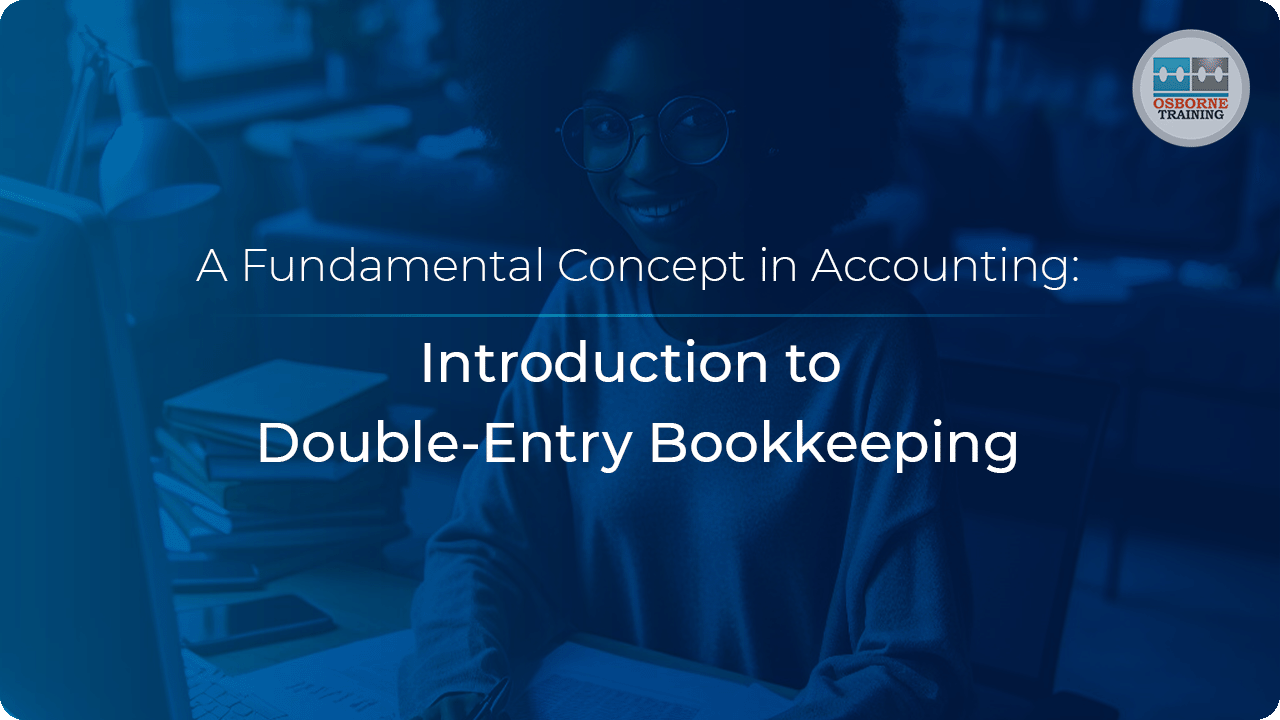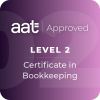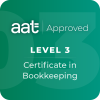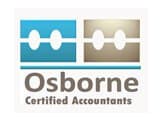
Introduction to Double-Entry Bookkeeping: A Fundamental Concept in Accounting
In the intricate world of finance and accounting, where numbers tell stories and transactions weave narratives, the concept of double-entry bookkeeping stands as an unwavering pillar of accuracy and transparency.
It’s a system that has withstood the test of time, providing a structured approach to recording financial transactions that has been foundational in the development of modern accounting practices.
A. Understanding Double-Entry Bookkeeping:
At its core, double-entry bookkeeping is a systematic method that records each financial transaction in at least two accounts – a debit and a credit.
The driving force behind this approach is the fundamental accounting equation: Assets = Liabilities + Equity. Every transaction has a dual effect, impacting at least two accounts to ensure that this equation remains in balance.
B. The Debit and Credit Rule:
To navigate the terrain of double-entry bookkeeping, one must grasp the fundamental rule associated with debits and credits. This rule governs how different types of accounts are affected by transactions:
- Assets and Expenses:
- Increase: Debit
- Decrease: Credit
- Liabilities, Revenues, and Equity:
- Increase: Credit
- Decrease: Debit
C. The Essence of Balance:

The term “double-entry” encapsulates the idea that every financial transaction impacts two accounts, one with a debit and the other with a credit.
This dual nature ensures a perpetual balance in the accounting equation. For every debit, there’s a corresponding credit, and vice versa.
D. Why Double-Entry?
The adoption of double-entry bookkeeping provides several key advantages:
- Accuracy: The dual-entry system acts as a self-auditing mechanism. By recording both sides of a transaction, it becomes easier to identify errors and discrepancies.
- Completeness: The systematic recording of every financial transaction leaves no room for oversight or omission.
- Financial Reporting: The double-entry system is the bedrock for creating accurate financial statements, including the balance sheet, income statement, and cash flow statement.
E. Illustrating Double-Entry Bookkeeping:

Let’s walk through a simple scenario to illustrate the application of double-entry bookkeeping:
a. Scenario 1: Purchase of Office Supplies for Cash
- Debit: Office Supplies (Asset)
- This increases the office supplies (an asset) on the balance sheet.
- Credit: Cash (Asset)
- This decreases the cash (another asset) on the balance sheet.
This entry reflects the increase in office supplies and the decrease in cash, ensuring the equation Assets = Liabilities + Equity remains balanced.
b. Scenario 2: Sale of Services on Credit
- Debit: Accounts Receivable (Asset)
- This increases the accounts receivable (an asset) on the balance sheet.
- Credit: Service Revenue (Revenue)
- This registers the income on the income statement.
Here, the provision of services increases the accounts receivable (an asset), and the corresponding revenue account registers the income, again maintaining balance.
F. Key Takeaways:
- Equal and Opposite Entries: Every debit has an equal and opposite credit.
- Maintaining the Accounting Equation: Assets always equal liabilities plus equity.
- Consistency is Key: Adhering to the rules of debits and credits ensures consistency and accuracy in financial records.
In conclusion, double-entry bookkeeping is not merely a concept; it’s the bedrock upon which the entire edifice of modern accounting stands.
It’s a system that transcends the boundaries of time, proving its efficacy in an ever-evolving financial landscape.
Whether you’re a student embarking on an accounting journey or a seasoned professional overseeing complex financial operations, understanding the nuances of double-entry bookkeeping is akin to speaking the language of financial fluency.
It’s a skill that opens the doors to a world of precision, accountability, and informed decision-making in the realm of finance.
Now that you have a fundamental understanding of Double-Entry Bookkeeping, how about learning even more core accounting concepts in depth?
You can start with AAT Level 2 accounting or take the fast route to accounting qualifications with our AAT accounting Level 2&3 fast track course.






